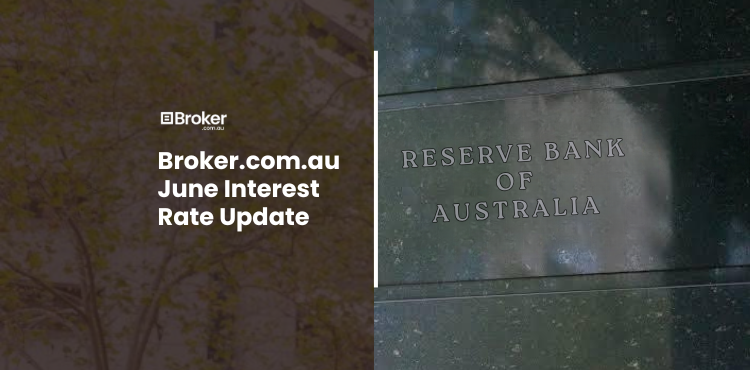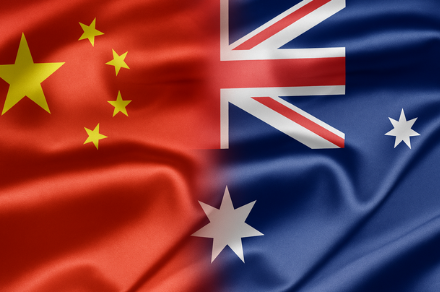Current Interest Rate Environment
As of June 2025, the Reserve Bank of Australia (RBA) has set the official cash rate at 3.85%, following a series of rate cuts earlier in the year. This marks a significant shift from the peak rate of 4.35%, reflecting the RBA’s response to moderating inflation and a slowing economy.
Looking to take advantage of the current rate environment? Start your loan application today with Broker.com.au and see what options may work for you.
Westpac’s Forecast: A 1% Drop by Early 2026
As reported in The Australian on the 12th June 2025, Westpac’s Chief Economist, Luci Ellis, recently forecasted a full 1% reduction in the RBA’s cash rate by early 2026. This forecast anticipates two additional 25 basis point cuts in February and May 2026, potentially bringing the rate down to 2.85%. Ellis noted that these cuts could occur earlier if inflation and the labour market weaken more than expected in late 2025.
Global Conflicts and Their Impact on Australian Interest Rates
The ongoing conflict between Israel and Iran has introduced significant volatility into global markets, particularly affecting oil prices. Brent crude has surged from just over $US65 to $US77 per barrel, raising concerns about inflationary pressures in Australia due to higher fuel costs.
Treasurer Jim Chalmers acknowledged that such global conflicts pose inflationary risks and could impact economic growth. However, he emphasized the importance of strengthening the Australian economy to withstand global volatility.
Government Policies Influencing Interest Rates
The Australian government’s fiscal policies play a crucial role in shaping the economic landscape. The recent budget aims to enhance productivity and ensure budget sustainability, which could support the RBA’s efforts to manage inflation and economic growth.
However, proposed tax changes, such as the “Chalmers tax” on unrealised capital gains for superannuation balances exceeding $3 million, have sparked debate. Critics argue that the timing of this tax, amid market volatility, could unfairly penalise superannuation members.
Australia’s Housing Shortage: A Compounding Factor
Australia is grappling with a significant housing shortage. The National Housing Supply and Affordability Council reports that the country is projected to fall about 375,000 homes short of the nationally agreed target of building 1.2 million new homes by mid-2029.
This shortage is exacerbated by a decline in building approvals. Data from the Australian Bureau of Statistics revealed a 5.7% drop in total dwelling approvals in April 2025, following an 8.8% decline the previous month.
The housing crisis has implications for monetary policy. High housing costs contribute to inflation, potentially influencing the RBA’s decisions on interest rates.
With housing supply tightening, it’s more important than ever to move quickly. Apply now through Broker.com.au and let our team guide you through your options.
Conclusion
Australia’s interest rate trajectory is influenced by a complex interplay of domestic economic conditions, global geopolitical tensions, government policies, and housing market dynamics. While forecasts suggest a downward trend in the RBA’s cash rate over the next year, unforeseen developments could alter this path. Continuous monitoring of these factors is essential for anticipating future monetary policy decisions.
If I am to go out on a limb and give my 12 month forecast on rates, I think the official rate by June 2026 will be 1% lower, and sit at 2.85%. I think we will see another 2 x 0.25% drops this calendar year – likely September & November. Then a further 2 x 0.25% drops in February & May 2026.
Like all good forecasting, no one has a crystal ball. With high volatility across the globe in geo-politics and also a number of conflicts, this volatility does make any forecasting difficult. We just hope that these conflicts resolve themselves, not so much for interest rates sake, but to avoid unnecessary heartache for the world.
Ready to plan your next move in a changing rate environment? Get started on your application today with Broker.com.au.
Matthew Board
17th June, 2026




